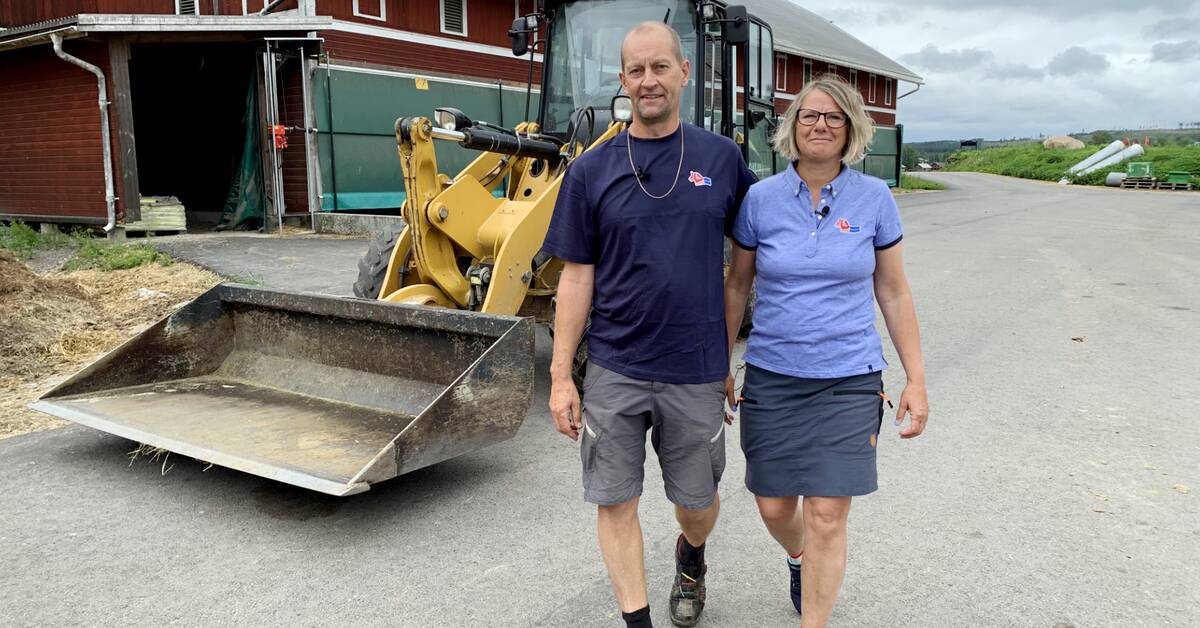Right now, Ann and Janne are building a new barn in the municipality of Vansbro, which is a step in their transition to a more climate-smart agriculture.
Here, diesel-powered feeding is to be replaced by an electric-powered robotic feeder.
And the electricity will come from the farm's solar panels.
The couple's farm annually produces, among other things, 4,000 tonnes of potatoes, 250 tonnes of wheat and 100 tonnes of meat - for which 60,000 liters of diesel are required.
Electric loader did not measure up
To begin the journey towards a fossil-free vehicle fleet on the farm, they have tested an electric loader.
An attempt that failed:
- It could not cope with the heavy lifting required.
So we have to wait until the machine suppliers have something better to offer, says Ann Eriksson.
Believe in solution
Going forward, Ann believes in electric loaders, but when it comes to tractors, she is more doubtful that electricity will be enough:
- They have to work in the soil and pick up potatoes, and it is hard work for many hours.
There, for example, it may be a matter of operating with biodiesel, biogas or hydrogen instead.
Somehow it will be resolved - I think so, she says.
But you raise meat animals here on the farm - how climate-smart is that?
- Our way of raising the animals is climate-smart if you look at the whole cycle concept.
We feed the animals with leftovers from the potato packer and nearby food industries, and the grass they eat stores carbon.
The animals produce manure that allows us to grow other crops and avoid buying so much artificial fertiliser.
- And the most important thing of all - that we produce food for people and contribute to open landscapes.
Come along to the farm and hear what the farmers say is required to convert to a fossil-free vehicle fleet.

